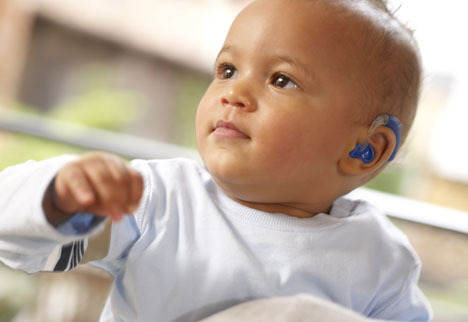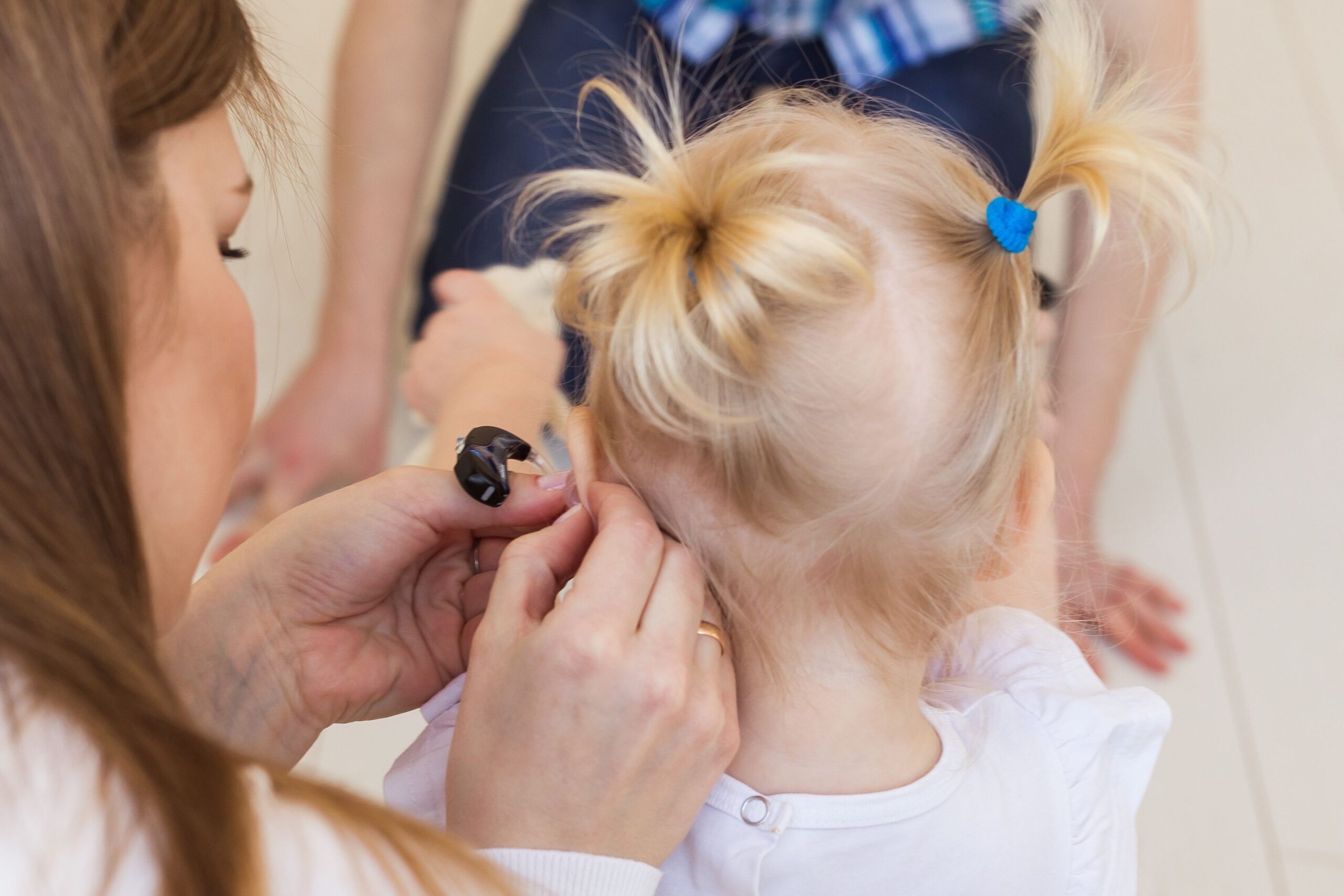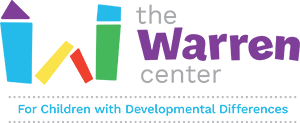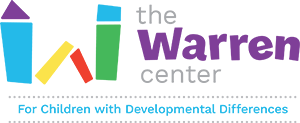-
 WHAT IS AUDITORY IMPAIRMENT? Auditory impairment is the partial or total inability to hear. Also known...
WHAT IS AUDITORY IMPAIRMENT? Auditory impairment is the partial or total inability to hear. Also known... -
 WHAT IS HEARING LOSS? In normal hearing, sound waves travel into the ear and cause the...
WHAT IS HEARING LOSS? In normal hearing, sound waves travel into the ear and cause the... -
 WHAT ARE THE BUILDING BLOCKS OF LANGUAGE? Understanding the building blocks of language can help prepare...
WHAT ARE THE BUILDING BLOCKS OF LANGUAGE? Understanding the building blocks of language can help prepare...

WHAT ARE THE BUILDING BLOCKS OF LANGUAGE?
Understanding the building blocks of language can help prepare your child for a lifetime of success in speech and communication. If a health care provider has diagnosed your child with hearing loss, there are programs and assistive devices to help your child acquire essential language skills. It is never too early to start thinking of the core building blocks of language and how specialists and therapy can help your child.
TYPES OF PROGRAMS
The building blocks of languages refer to different skill sets that a parent can use at home to help their children acquire language. Parents can also request therapy services that provide children with additional help in these developmental areas.
The most recommended building blocks include:
- Conceptually Accurate Signed English (CASE)
- Cued Speech
- Finger Spelling
- Listening and Auditory Training
- Manually Coded English (MCE)
- Natural Gestures
- Speech
- Speech Reading (Lip Reading)
Types or categories of program that help children acquire the building blocks of languages include the following:
- Auditory-Oral – This type of program helps babies, toddlers, or young children with deafness or hearing loss to use whatever resource they have. For example, children might learn lip-reading (speech reading) and gestures for receptive and expressive language. Such programs incorporate key building blocks like natural gestures, listening, and lip-reading to foster speech and language development.
- Auditory-Verbal – These programs help infants, toddlers, and young children with severe or profound hearing loss to use amplified residual hearing through cochlear implants. Such programs incorporate building blocks like listening and speech to help children understand language or speak.
- Bilingual – Bilingual programs teach infants, toddlers, and young children who are deaf or hard-of-hearing to use American Sign Language (ASL) and their signed native language (e.g., Spanish). This multidisciplinary category uses building blocks like finger spelling and natural gestures as well as writing and lip reading.
- Cued Speech (Cueing) – Cueing teaches children to differentiate words that may appear the same during lip-reading. These programs use shapes and natural gestures to help children learn the difference in speech sounds. Cued speech is a building block on its own, and it can work as part of a comprehensive language development plan.
- Total Communication – A total communication program uses most or all building blocks to help children with hearing loss converse in the English language. The majority of these programs incorporate simultaneous communication (both spoken and signed English) to help young children learn language effectively.
The Warren Center offers a range of therapy services for children diagnosed with communication disorders. These resources may include access to speech-language pathologists, individual specialists, and support groups. For more information, contact us.


